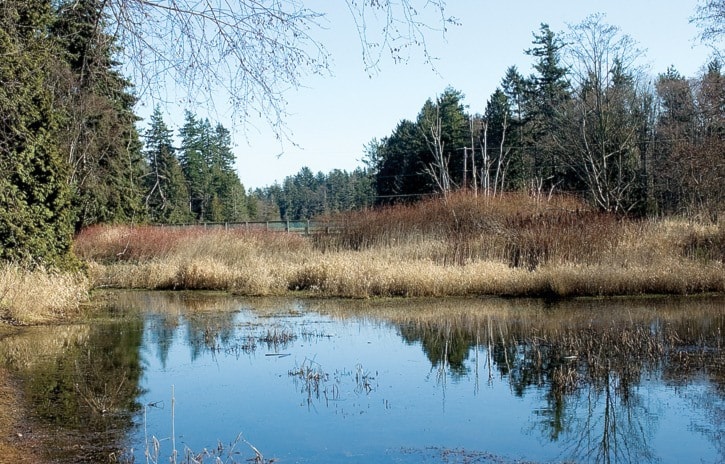Municipal councils in Metro Vancouver are being asked to mull whether people who live on First Nations reserves should be excluded from civic elections.
A paper being circulated by the Lower Mainland Treaty Advisory Committee, which represents 26 jurisdictions, wants the issue discussed as more First Nations explore market housing, which could lead to large increases in populations on reserves.
It’s an issue that should be looked at seriously, according to Coun. Mary-Wade Anderson, White Rock council’s liaison with the Semiahmoo First Nation.
“For years, I’ve been saying I wish that people would watch what is happening,” she said, noting that the First Nations Commercial and Industrial Development Act, a federal initiative to encourage economic development on reserves, could result in development that would mean many more non-First Nations people living there.
At the same time, it would create a situation in which such large numbers of residents – tens of thousands in some areas – have a vote in municipal elections, but without paying municipal or city taxes, Anderson said.
“They would pay their taxes to the First Nations, who can then decide whether or not they want to pay anything to the municipality,” Anderson said.
“Any shortfall will have to be made up by the rest of the population (in the municipality).”
But she recognizes the issue raises thorny questions of whether First Nations residents should be denied a voice in municipal or city votes, or whether there should be different classes of voters on the reserves.
“It’s an interesting curiosity,” Anderson said. “Where is the weighing scale of appropriateness?”
As the law currently stands in B.C., all residents of reserves can vote in municipal elections and referendums when the land is located within municipal boundaries – even though their areas fall outside the regulation and taxation authority of local government.
The discussion paper recommends the province amend municipal and regional district boundaries to leave out native reserve land.
“It’s fundamental democratic common sense,” said treaty advisory committee Chair Ralph Drew.
“What’s happened in recent years is the federal government has brought forward new legislation (FNCIDA) to foster economic development on reserves,” explained Drew, who is the mayor of Belcarra.
“We support that legislation, but what it did, it shone a big light on what the implications for local governments are.”
He points to the Squamish Nation’s 2004 Capilano Plan, which features variations of high-density residential development on reserve land between Park Royal South and Ambleside Park in West Vancouver.
In the next 25 to 35 years, the Squamish Nation plans to build about 12,000 condominiums, townhouses and commercial units on it. The development could add 25,000 people to the reserve in West Vancouver.
“To put that in perspective, that’s the size of the City of Port Moody,” said Drew.
The proportion of residents living on-reserve and eligible to vote in District of West Vancouver could increase up to 30 per cent within 25 years.
“They would be determining budgets and service levels and everything else for which they don’t pay for,” Drew added.
Joanne Charles, Semiahmoo First Nation councillor, was not available for comment.
- with files from Alex Browne
